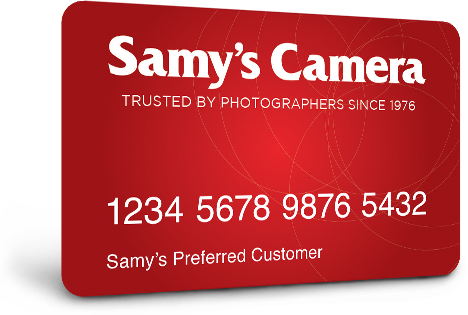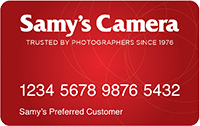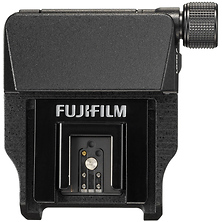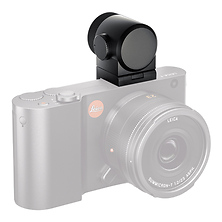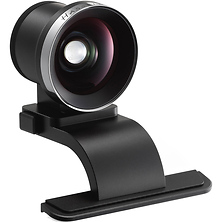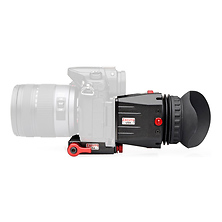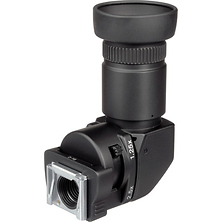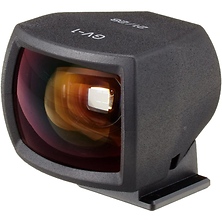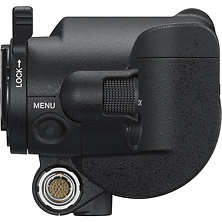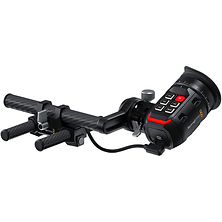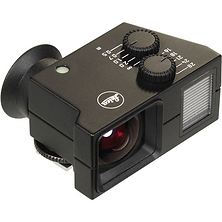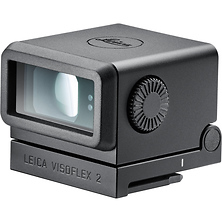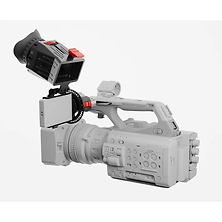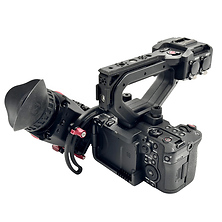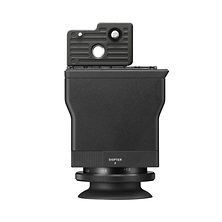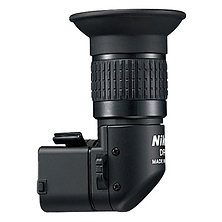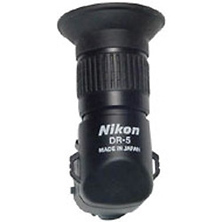External Camera Viewfinders for Clear, Accurate Composition
External camera viewfinders provide photographers with an alternative viewing method when a camera's built-in viewfinder is unavailable or insufficient. These accessories attach to the camera's hot shoe and offer improved composition capabilities, especially in bright sunlight where LCD screens can wash out. External viewfinders come in two types: optical viewfinders that use glass optics to display the scene, and electronic viewfinders that show a digital feed from the camera sensor.
For photographers working with digital mirrorless cameras that lack built-in viewfinders or digital point & shoot cameras that rely solely on LCD screens, an external viewfinder can transform the shooting experience. These accessories also help preserve battery life by reducing reliance on power-hungry LCD displays.
Types of External Viewfinders
External viewfinders fall into two main categories, each with specific advantages for different shooting situations.
Optical Viewfinders
Optical viewfinders use glass elements to display the scene, similar to looking through a small telescope. They require no power, produce no lag, and remain perfectly visible in any lighting condition. Many optical viewfinders feature frame lines for specific focal lengths (such as 28mm, 35mm, or 50mm), helping photographers compose shots with prime lenses. This style is particularly useful for rangefinder-style shooting and street photography where quick framing matters.
Because optical viewfinders show a slightly wider view than what the lens captures, they work best when photographers understand the relationship between the frame lines and their actual composition. This parallax effect becomes more pronounced at close focusing distances, requiring experience to compensate accurately.
Electronic Viewfinders (EVF)
Electronic viewfinders display a live digital feed from the camera sensor through a small LCD or OLED screen. These viewfinders show exactly what the sensor sees, including exposure preview, white balance, and applied picture styles. Electronic viewfinders often include features like focus peaking (which highlights in-focus areas), live histograms, and adjustable brightness.
The primary advantages of electronic viewfinders include accurate exposure preview, the ability to review captured images without removing your eye from the viewfinder, and compatibility with cameras that support clean HDMI or USB video output. Electronic viewfinders consume more power than optical types and may show slight lag in very low light conditions, though modern units have minimized these concerns.
Why Photographers Use External Viewfinders
Several practical reasons drive photographers to add external viewfinders to their camera systems.
- LCD screen visibility in bright sunlight remains difficult, even with high-brightness displays. An external viewfinder solves this by placing the viewing screen close to the eye and shielding it from ambient light.
- Battery conservation becomes relevant during long shooting sessions. Since LCD screens drain batteries quickly, using an external viewfinder allows photographers to turn off the rear display and extend shooting time.
- Camera stability improves when the camera is held against the face rather than at arm's length. This braced position reduces shake and helps maintain sharper images, particularly at slower shutter speeds.
- Composition precision benefits from the focused view that viewfinders provide. When looking through a viewfinder, peripheral distractions disappear, allowing photographers to concentrate fully on framing and timing.
Compatibility and Mounting
Most external viewfinders mount via the camera's hot shoe, the standard accessory mount found on top of most cameras. This mounting system provides a secure connection without requiring any electronic interface (for optical viewfinders) or using standard USB or HDMI connections (for electronic viewfinders).
Photographers should verify compatibility before purchasing an external viewfinder. Some electronic viewfinders work only with specific camera models, while optical viewfinders with frame lines need to match the focal lengths in the photographer's kit. Camera manufacturers including Canon, Sony, Nikon, Fujifilm, and Panasonic produce dedicated external viewfinders for their camera lines.
Who Uses External Viewfinders
External viewfinders serve photographers across multiple disciplines and experience levels.
Street photographers often prefer optical viewfinders for their instant view, zero lag, and traditional rangefinder feel. The ability to see beyond the frame lines helps anticipate action entering the composition.
Travel photographers working with compact cameras benefit from the added stability and improved LCD visibility that external viewfinders provide. This combination maintains portability while adding professional handling.
Video shooters frequently use electronic viewfinders when recording, as they provide a shaded, magnified view for critical focus and exposure monitoring. Many electronic viewfinders offer adjustable viewing angles, which helps when shooting from low or high positions.
Photographers transitioning from DSLRs to mirrorless systems sometimes add external viewfinders to cameras that lack built-in ones, maintaining familiar shooting ergonomics while gaining the advantages of mirrorless technology.
Frequently Asked Questions
Can I use an external viewfinder on any camera?
Physical mounting compatibility depends on the camera having a hot shoe. Optical viewfinders work with any hot shoe-equipped camera, though they function best when matched to specific focal lengths. Electronic viewfinders require compatible video output (HDMI or USB) from the camera to function, so checking compatibility specifications before purchase is necessary.
Do external viewfinders affect autofocus or metering?
External viewfinders are passive accessories that do not communicate electronically with the camera (except for powered electronic viewfinders that receive video signals). They do not interfere with autofocus, metering, or any other camera functions. The camera operates normally with an external viewfinder mounted.
How do I focus when using an optical viewfinder?
Optical external viewfinders serve as framing aids only. Photographers focus using the camera's autofocus system or by checking focus on the LCD screen. Some photographers use zone focusing or hyperfocal distance techniques with optical viewfinders, estimating focus based on distance scales and depth of field. This approach works well for street and documentary photography where speed matters more than pixel-level precision.
Are electronic viewfinders as clear as optical ones?
Modern electronic viewfinders use high-resolution OLED panels that provide sharp, detailed images. While optical viewfinders offer the natural clarity of glass optics and true light transmission, electronic viewfinders compensate with features like exposure preview, focus magnification, and adjustable brightness. The choice between them depends on shooting priorities rather than one being superior to the other.
Will an external viewfinder work with my glasses?
Most external viewfinders include diopter adjustment, allowing photographers with glasses to correct the viewfinder's focus to match their vision. This adjustment typically covers a range from approximately -3 to +1 diopters. Photographers with strong prescriptions may need to use their glasses when looking through external viewfinders, depending on the specific model's adjustment range.
Shop External Viewfinders at Samy's Camera
External viewfinders expand the capabilities of cameras that lack built-in viewing options or need supplementary viewing systems. Whether working with optical viewfinders for traditional framing or electronic viewfinders for precise exposure control, Samy's Camera provides expert guidance and a selection of quality camera accessories for photographers at every level. Our staff can help match the right viewfinder to your camera system and shooting style.



